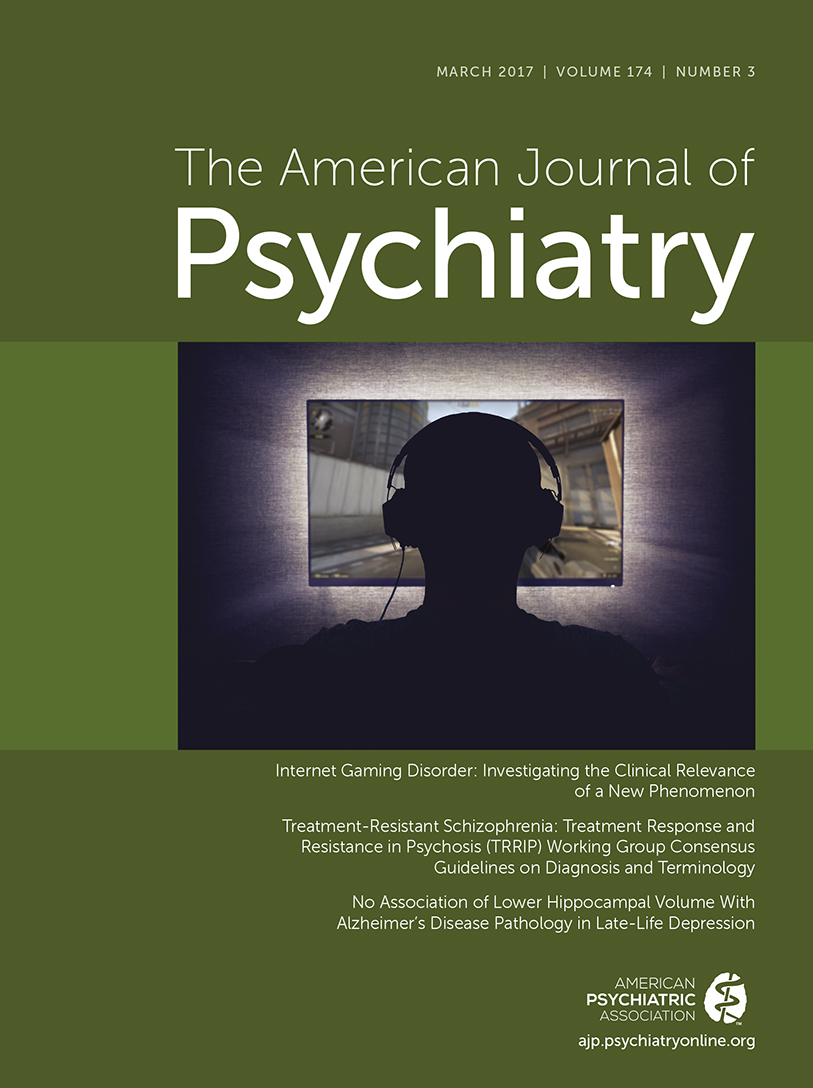Temporal, Diagnostic, and Tissue-Specific Regulation of NRG3 Isoform Expression in Human Brain Development and Affective Disorders
Abstract
Objective:
Genes implicated in schizophrenia are enriched in networks differentially regulated during human CNS development. Neuregulin 3 (NRG3), a brain-enriched neurotrophin, undergoes alternative splicing and is implicated in several neurological disorders with developmental origins. Isoform-specific increases in NRG3 are observed in schizophrenia and associated with rs10748842, a NRG3 risk polymorphism, suggesting NRG3 transcriptional dysregulation as a molecular mechanism of risk. The authors quantitatively mapped the temporal trajectories of NRG3 isoforms (classes I–IV) in the neocortex throughout the human lifespan, examined whether tissue-specific regulation of NRG3 occurs in humans, and determined if abnormalities in NRG3 transcriptomics occur in mood disorders and are genetically determined.
Method:
NRG3 isoform classes I–IV were quantified using quantitative real-time polymerase chain reaction in human postmortem dorsolateral prefrontal cortex from 286 nonpsychiatric control individuals, from gestational week 14 to 85 years old, and individuals diagnosed with either bipolar disorder (N=34) or major depressive disorder (N=69). Tissue-specific mapping was investigated in several human tissues. rs10748842 was genotyped in individuals with mood disorders, and association with NRG3 isoform expression examined.
Results:
NRG3 classes displayed individually specific expression trajectories across human neocortical development and aging; classes I, II, and IV were significantly associated with developmental stage. NRG3 class I was increased in bipolar and major depressive disorder, consistent with observations in schizophrenia. NRG3 class II was increased in bipolar disorder, and class III was increased in major depression. The rs10748842 risk genotype predicted elevated class II and III expression, consistent with previous reports in the brain, with tissue-specific analyses suggesting that classes II and III are brain-specific isoforms of NRG3.
Conclusions:
Mapping the temporal expression of genes during human brain development provides vital insight into gene function and identifies critical sensitive periods whereby genetic factors may influence risk for psychiatric disease. Here the authors provide comprehensive insight into the transcriptional landscape of the psychiatric risk gene, NRG3, in human neocortical development and expand on previous findings in schizophrenia to identify increased expression of developmentally and genetically regulated isoforms in the brain of patients with mood disorders. Principally, the finding that NRG3 classes II and III are brain-specific isoforms predicted by rs10748842 risk genotype and are increased in mood disorders further implicates a molecular mechanism of psychiatric risk at the NRG3 locus and identifies a potential developmental role for NRG3 in bipolar disorder and major depression. These observations encourage investigation of the neurobiology of NRG3 isoforms and highlight inhibition of NRG3 signaling as a potential target for psychiatric treatment development.



